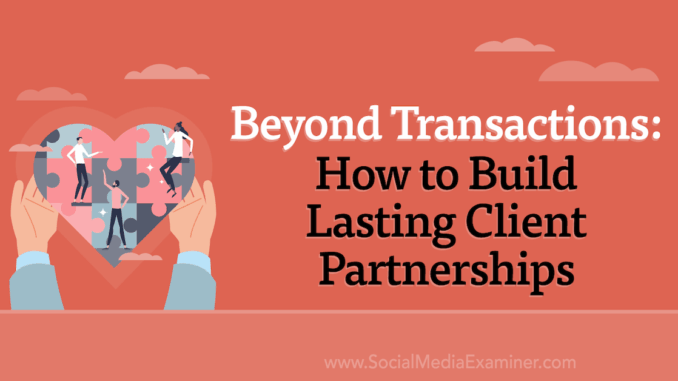
In business, the transaction is often seen as the finish line—a successful sale, a signed contract, a completed deal. But the most enduring companies understand that the transaction is only the beginning. What follows is the opportunity to build something far more valuable than a one-time exchange: a lasting relationship. Moving beyond the transaction means shifting focus from short-term gains to long-term trust, from closing deals to opening dialogue, and from selling products to solving problems. It’s a mindset that transforms how businesses engage with customers, partners, and even employees.
At the heart of lasting relationships is genuine connection. Customers don’t want to be treated like line items on a spreadsheet—they want to feel understood, respected, and valued. This begins with listening. Not just to what people say, but to what they mean. A customer who asks for a faster delivery isn’t just making a logistical request—they may be signaling urgency, pressure, or a deeper need for reliability. When businesses take the time to understand the context behind the request, they respond with empathy rather than efficiency. That kind of responsiveness builds trust, and trust is the foundation of loyalty.
Consistency reinforces that trust. It’s not enough to deliver a great experience once. Customers remember how they’re treated over time, across channels, and in moments of both ease and difficulty. A brand that consistently communicates clearly, honors commitments, and resolves issues with care becomes a trusted presence. That trust doesn’t just lead to repeat business—it leads to advocacy. People talk about companies that make them feel good, that show up when it matters, and that treat them like more than a transaction. Word-of-mouth, referrals, and organic growth often stem from these quiet, consistent moments of connection.
Relationships also thrive on transparency. In a world where information is abundant and skepticism is high, honesty is a differentiator. Businesses that communicate openly about their processes, limitations, and decisions invite respect. When something goes wrong—as it inevitably will—how a company responds can either deepen or damage the relationship. Owning mistakes, offering solutions, and staying communicative shows that the business values integrity over image. Customers don’t expect perfection, but they do expect accountability. And when they see it, they’re more likely to stay engaged.
Personalization adds another layer of depth. When businesses tailor their interactions to individual needs, preferences, and histories, they signal attentiveness. This doesn’t mean using someone’s name in an email—it means remembering past interactions, anticipating future needs, and offering relevant value. A retailer that remembers a customer’s sizing preferences or a software company that proactively suggests features based on usage patterns is demonstrating care. That kind of personalization turns a generic experience into a meaningful one. It shows that the business sees the customer as a person, not just a profile.
Long-term relationships also require mutual benefit. It’s not just about what the customer gets—it’s about what the business gives. This might mean offering education, sharing insights, or creating opportunities for growth. A consulting firm that helps clients build internal capabilities isn’t just delivering a service—it’s investing in the client’s success. That investment creates reciprocity. Clients begin to see the firm not as a vendor, but as a partner. And partnerships, unlike transactions, are built to last.
Culture plays a critical role in sustaining relationships. When a company’s internal values align with its external behavior, it creates coherence. Employees who feel empowered, respected, and aligned with the mission are more likely to deliver exceptional service. They become ambassadors of the brand’s promise, and their interactions shape the customer experience. A company that fosters a culture of care internally will naturally extend that care externally. The result is a more authentic, consistent, and human connection with everyone it touches.
Technology can support these efforts, but it must be used thoughtfully. Automation, data analytics, and CRM systems can enhance personalization, streamline communication, and provide valuable insights. But they should never replace the human element. A chatbot can answer questions, but it can’t build trust. A personalized recommendation engine can suggest products, but it can’t understand emotion. Technology should amplify relationships, not reduce them to algorithms. When used with intention, it becomes a tool for connection rather than a barrier to it.
Ultimately, fostering lasting relationships requires a shift in perspective. It’s about seeing customers not as endpoints, but as partners in a shared journey. It’s about valuing depth over speed, quality over quantity, and connection over conversion. Businesses that embrace this approach don’t just grow—they evolve. They create communities, inspire loyalty, and build reputations that endure. In a world where attention is fleeting and competition is fierce, the ability to move beyond the transaction and into relationship is not just a strategy—it’s a strength. And it’s one that pays dividends far beyond the bottom line.